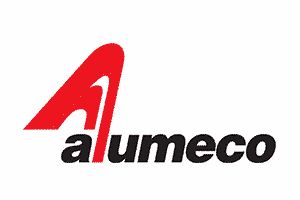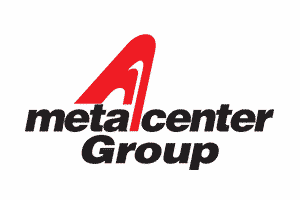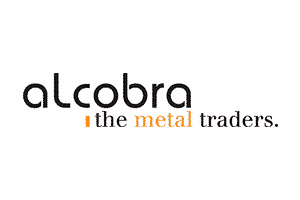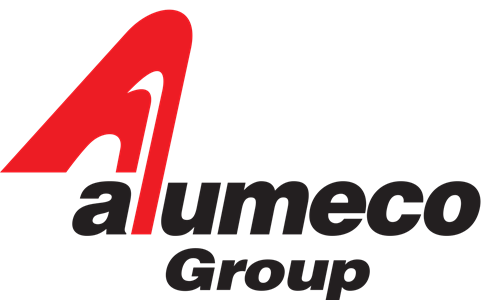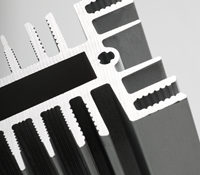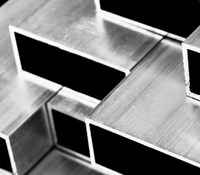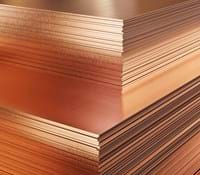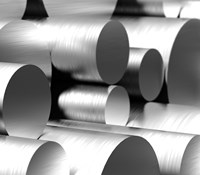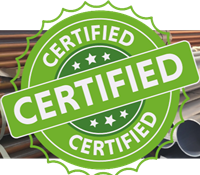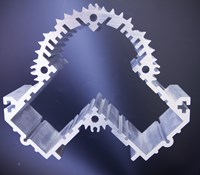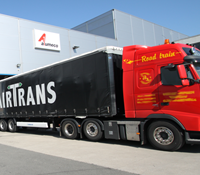Food contact materials
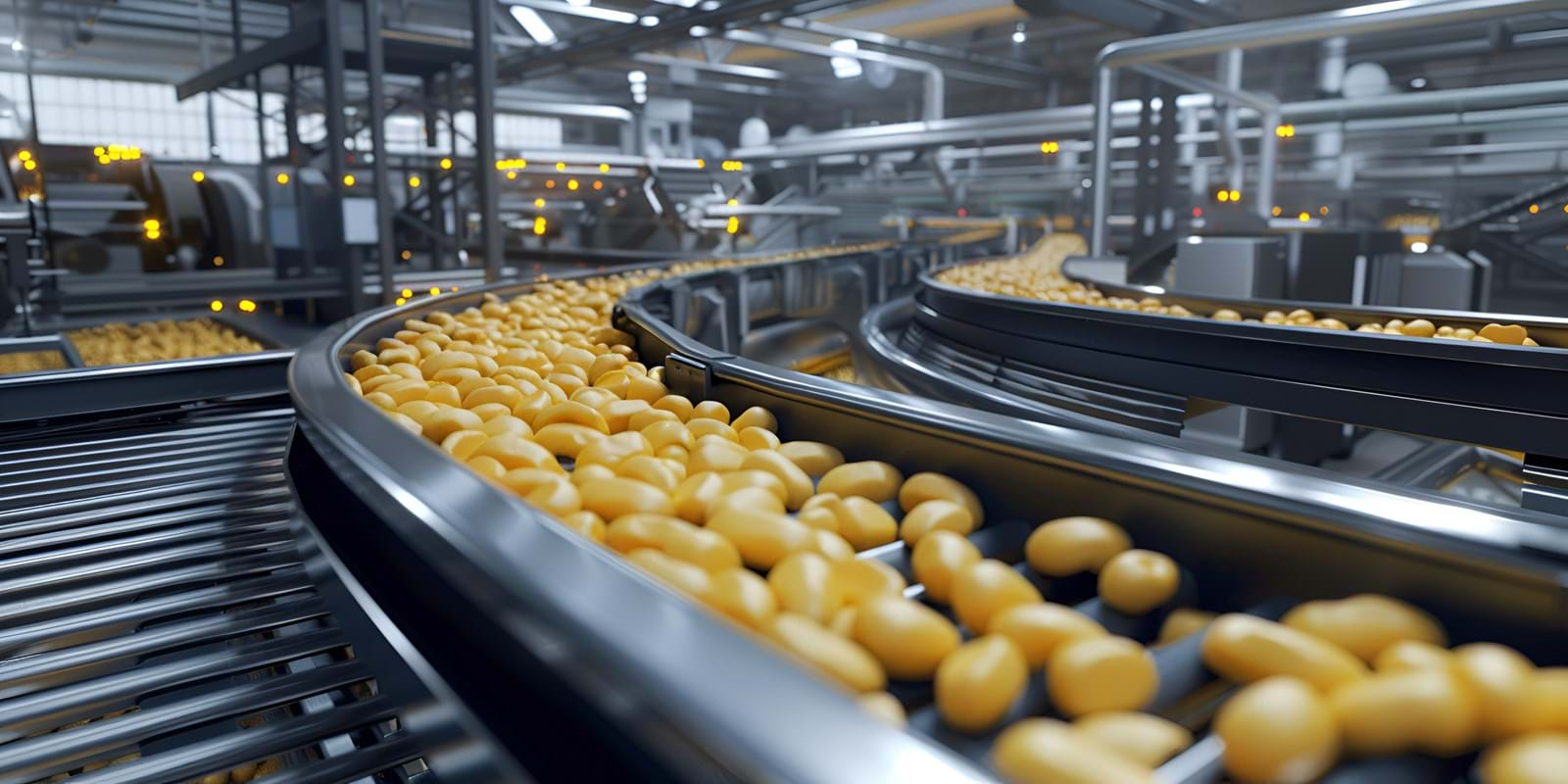
When using aluminium alloys, copper alloys and stainless steel in the food industry, there are rules for the contents of each alloy.
These requirements ensure that there is no significant migration of harmful substances into food. If there is a health risk from using a particular metal or alloy, it cannot be authorised as a food contact material.
In cases of doubt, please refer to your local food safety authorities.
Aluminium
The aluminium alloys listed below are all classified as food grade alloys.
Download the declaration of conformity for products purchased from Alumeco.
| Food grade aluminium alloys | |
| EN AW 1050 | EN AW 6005 |
| EN AW 3003 | EN AW 6060 |
| EN AW 5005 | EN AW 6063 |
| EN AW 5083 | EN AW 6082 |
| EN AW 5754 | |
Maximum content of elements in aluminium alloys
For aluminium alloys for foodstuff applications, EN 602:2007 defines the allowed maximum content by mass of other elements:
| Si | Fe | Cu | Mn | Mg | Cr | Ni | Zn | Zr | Ti | Other | |
| % | 13.5 | 2 | 0.6 | 4 | 11 | 0.35 | 3 | 0.25 | 0.3 | 0.3 | 0.05 (0.15 total) |
Stainless steel
Stainless steel is widely used in the food industry, especially 1.4301 and 1.4401.
Download the declaration of conformity for products purchased from Alumeco..
| Food grade stainless steel alloys | |
| 1.4301 / 304 | 1.4401 / 316 |
| 1.4307 / 304L | 1.4404 / 316L |
